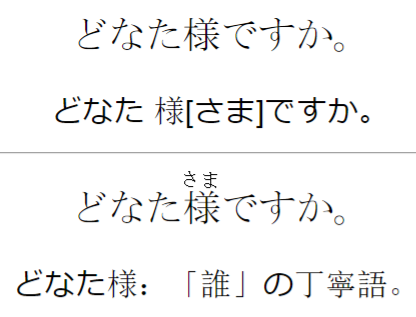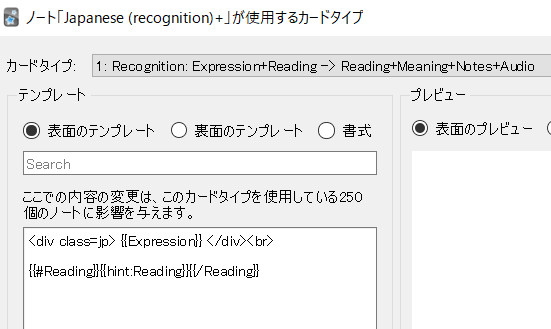You are definatly doing enough.
I think Bunpro, WankiKani and Anki are too many SRS. I was doing all of my reivews in Anki, and reciently tried spreading them out 150 anki, 10 JPDB and 30 bunpro.
I would prefer 200 cards a day in just one than juggling all these different platforms.
I recommend picking a fav of those three, and using that one for your flash card needs.
I recommend doing vocabulary first(1000 words), and then starting grammar (bunpro).
I wish I did more immersion. Meanwhile- come join me in “Let’s immerse 5 minutes a day!” watch those silly japanese commercials, or a video of cats knocking things over in Japanese. 50/50 is recommended, but 5 minutes I can do.
JPDB, anki and bunpro all let you put in custom sentences and add vocab which I would recomend over wanikani which you have to learn their vocab list in their order. (wanna learn 失礼します so you can knock on your boss’s door, not until level 7 you don’t).
I did the kanji damage deck. Kanji damage is an RTK style anki deck where you only do the kanji and radical cards, not the vocabulary. Instead you get your vocab from the core deck. This is the “easiest 20%” according to wanikani- which I say is a plus. you learn just enough kanji that words written in kanji are just as easy to learn as words written in hiragana.
For my vocab cards I do basicly what you do. I use sentence cards and listen to the sentince audio which I find helpful. if kanji is preventing you from learning vocabulary you can try this method
In Bunpro of JPDB turn on furigana on hover
- Guess the furigana
- Read the furigana
- Guess the english meaning
- Reveal the english meaning
- answer the actual question bunpro is asking
- add any words/grammar that you didn’t know the english meaning of in part 4 to vocab reviews.
- listen to the sentence audio
- read the sentence out loud
You won’t do all 8 steps every time.
If your bunpro is set to flash card, or you are using a flashcard app (JPDB or anki) you will skip step 5.
There is an add-on for anki called “learn now” which allows you to add cards to review like bunpro (instead of doing them in order, like wanikani) for step 6.
because you attempt to read all of the kanji, and then read the answer you are doing a kanji SRS with your sentence SRS.
In anki add {{#Reading}}{{hint:Reading}}{{/Reading}} to the front side. (if furigana in the Reading feild)

and on click:

My card template

(card is from Jalup)
This means that not knowing kanji won’t hold you back.
Hope this helps anyone else doesn’t want to study kanji separatly/ first.



